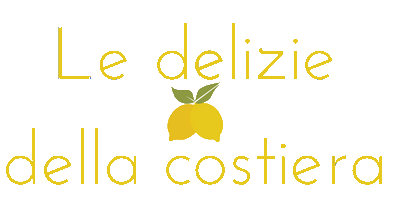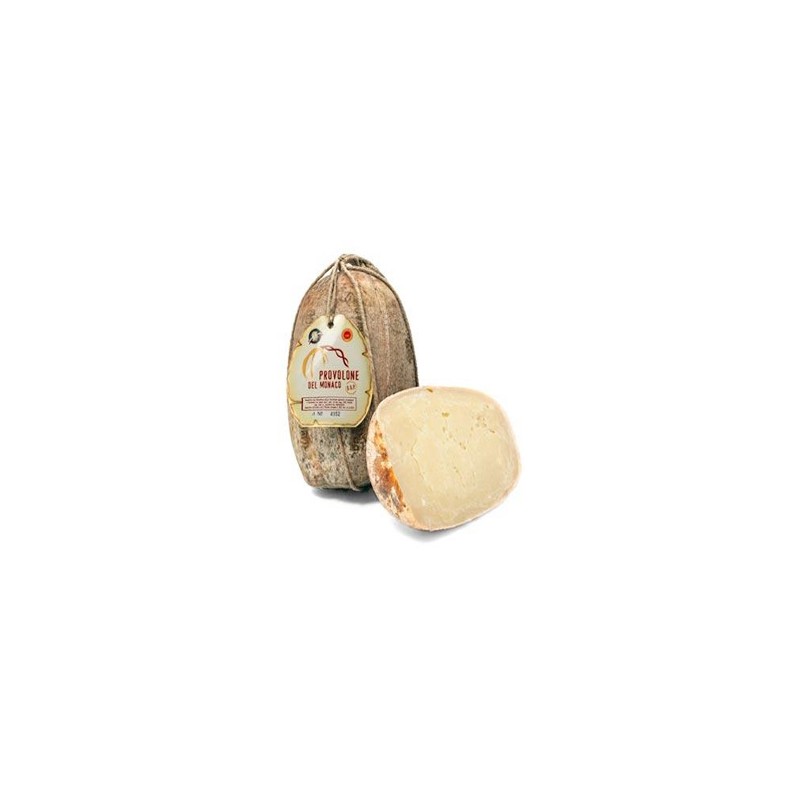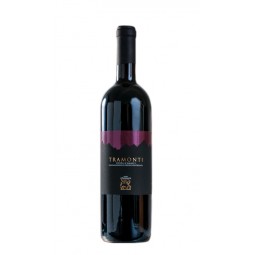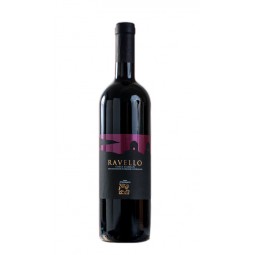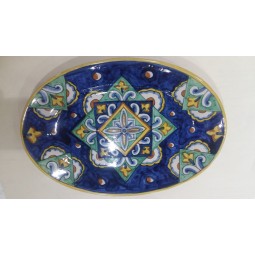Provolone del Monaco
Compact cheese, soft or semi-hard, with some "weeping" holes. Crust present, thick approx. 5 mm, hard and smooth, reddish brown, creamy white on the inside, with some "weeping" holes. Strong flavor, the more spicy the longer the seasoning with the penetrating, intense smell of milk and hay. The specificity of the "Provolone del Monaco DOP" is the result of a set of factors typical of the production area, in particular of the organoleptic characteristics of the milk produced by cattle reared on the territory, of the transformation process that still today reflects the artisan traditions and of the particular microclimate that characterizes the processing and maturing environments.
The most accredited thesis on the origins of the denomination "Provolone del Monaco" refers to the fact that the cheesemakers who landed at dawn in the port of Naples, with their cargo of provolone from the various locations of the Sorrento peninsula, to protect themselves from the cold and from the humidity, they used to cover themselves with a cloak of sackcloth, which was similar to the habit worn by monks. Once they arrived in Naples, the people who worked at the market began to call these peasants, monks, and consequently the cheese they carried, Provolone del Monaco.
The pasture of the Lattari Mountains, made from aromatic herbs present almost all year round where animals freely graze and the maturing environments give this cheese an intense aroma and taste, flavors enhanced by the length of the maturation itself.
The production technique of this cheese is very ancient and laborious: we process the raw milk of every single milking or at most two successive milkings and mix it with kid's rennet. From the coagulation of raw milk the curd is obtained which is broken down to the size of small grains, using a wooden tool called "sassa", after which it passes to the subsequent operations of scalding and spinning. When the paste has reached the desired consistency, forming is carried out which can be pear-shaped or cylinder-shaped. The cheeses obtained are tied in pairs and hung on special frames, where they are left to mature, first at room temperature from ten to twenty days and then in an environment at a temperature between 8 and 15 ° C for a period not less than six months. Follow the brine, the drying and the seasoning that is carried out in cellars for a period ranging from 4 to 18 months. But at nine months the product reaches its excellence, with the skin that from month to month tends to darken until it reaches the typical color of ripe hazelnuts.
Ingredients: raw cow's milk, guaranteed minimum 40% agerolese milk, calf rennet (50%) and kid goat paste (50%), salt.
